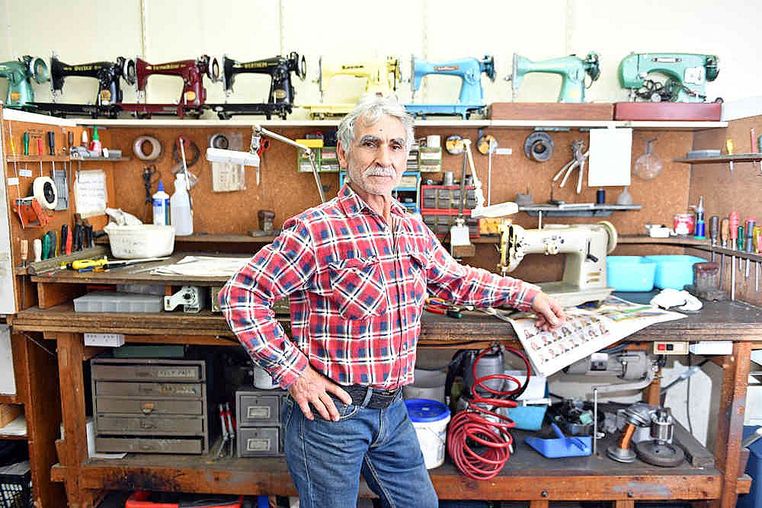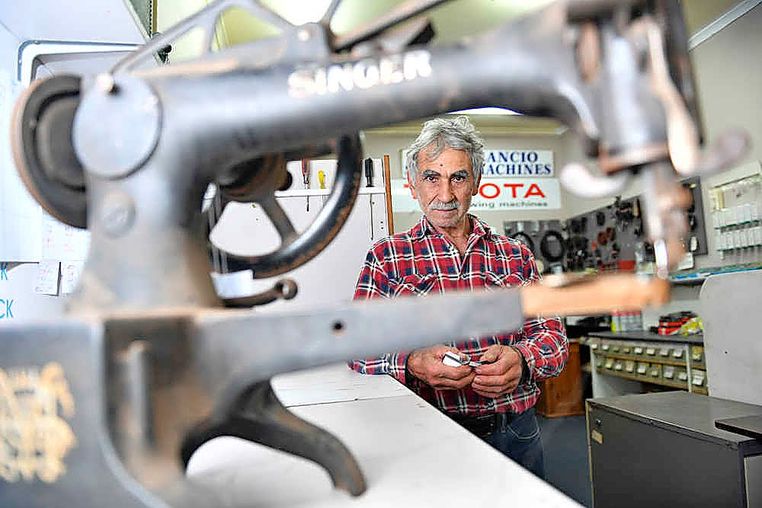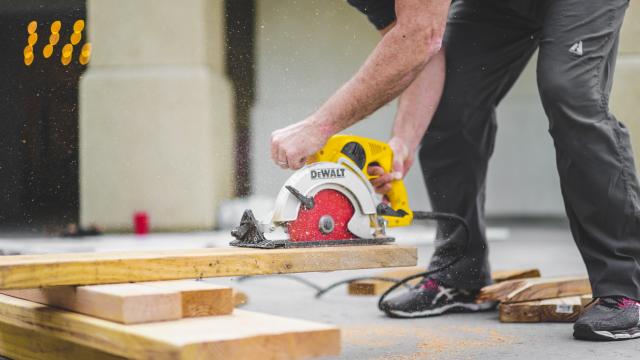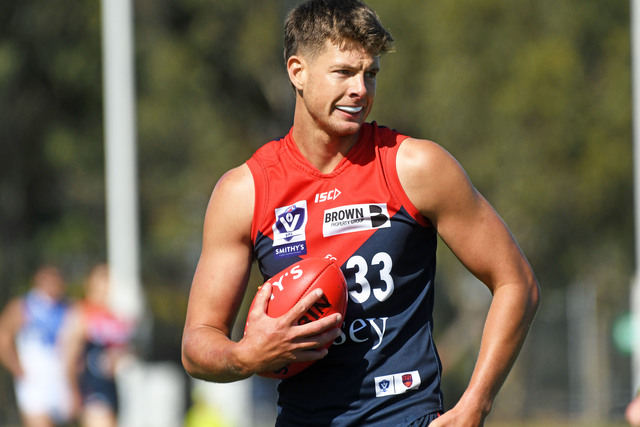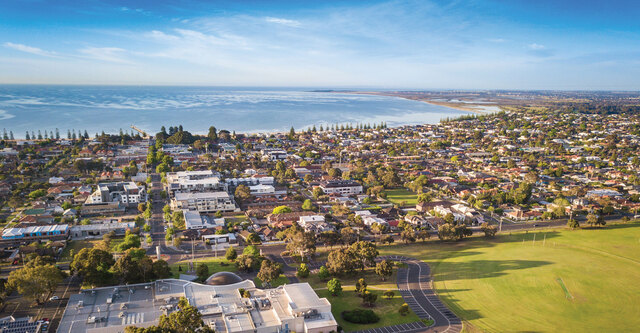Nick Ciancio, a two-time Commonwealth Games weightlifting gold medallist who has been repairing sewing machines for more than five decades, says Footscray has always been a welcoming place for migrants. He speaks with Benjamin Millar
What’s your connection with Footscray?
I’ve been in the shop here for 46 years. I started out repairing sewing machines after leaving school at 19 to help my parents. We were migrants and I wanted to get a job as quickly as possible. It was my first job and I’m still here doing the work. We had a house in Yarraville at first, which was very good. My parents eventually sold it and bought a block of land and built a house in Altona.
What was Footscray like in those days?
Here in Footscray it was one of the most popular places for migrants to go. All the migrants all started to congregate in Footscray. They would come in to the movies, the theatres – there were a lot of happy days. You wouldn’t believe the difference, but everything has to move along.
How did you get into repairing sewing machines?
When I left school I was 19 and I just wanted any job I could get into to help my parents. I looked in all the newspapers and there was a Jewish guy who wanted an apprentice. I learnt all about sewing machines, domestic and industrial. He could speak Italian.
All the migrants were buying sewing machines. They were all hard workers and they would work in the factories and save up … buying a house was a priority. I’m 72 now and I have been doing it all that time.
How has the work changed these days?
Now it’s turned around and we are getting a lot of young ladies and men who are doing tailoring and fashion and design. There are so many different sewing machines, you wouldn’t believe it. There are a lot of women who do their own alterations or start up little shops and do clothing.
How did you get into weightlifting?
Every kid wants to be tough at school. I was 17 when I started. I started with my uncle – we just found a steel pipe and put a heavy weight on each side. I said, “I’ll give it a go”. A couple of weeks later I said, “These pipes are getting too easy”. So we went and found some heavy steel wheels and then these kettle bells that used to be over the top of water meters.
When did it get more serious?
When I was about 19, I went to a gym in the city and there were all these body builders and weightlifters there. I said to the instructor, “I want to be strong like these guys”. He said, “Body building is what you do if you want to be pretty muscley and look at yourself in the mirror”. I said, “I don’t want to be big and muscley – I want to be strong”.
I ended up having half of all the weightlifting titles in Australia and New Zealand. I came sixth at the Munich Olympics in 1972 against all these Iron Curtain Russians and Bulgarians. I won two gold medals at the Commonweath Games – at the Edinburgh Games in 1970 and in Christchurch in 1974.

